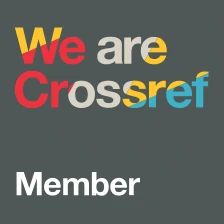Shaping the Victim: Borders, security, and human trafficking in Albania
DOI:
https://doi.org/10.14197/atr.20121325Keywords:
Albania, borders, victimhood, human trafficking, migrant population, OSCE, IOMAbstract
Borders are productive sites where knowledge is gathered and migrant populations are formed. The knowledge gathered from victims of trafficking reinforces a victim narrative that represents a perceived threat to society by highlighting violence, criminality, coercion, and naivety. Using Albania as a case in point, the article looks at trafficked people and the narratives of victimhood that surround them. In the case of trafficked people, the border projected out towards other states produces a discursively defined victim of trafficking. When projected back within the national territory, the border essentially produces a criminalised sex worker. To argue this point, the article discusses the role victims of trafficking play in the EU and looks at how international norms espoused by the OSCE and IOM have prepped the Albanian border for EU ascension and created the means for governable populations within Albania.Metrics
Published
How to Cite
Issue
Section
License

This work is licensed under a Creative Commons Attribution 4.0 International License.
The Anti-Trafficking Review has a policy of licensing under the Creative Commons Attribution License (CC-BY). Under the CC-BY license, the public is free to share, adapt, and make commercial use of the work. To protect our work and that of our authors, however, users must always give proper attribution to the author(s) and the Anti-Trafficking Review (i.e. with a complete bibliographic citation and link to the Anti-Trafficking Review website and/or DOI).
The Anti-Trafficking Review promotes the sharing of information, and we therefore encourage the reproduction and onward dissemination of articles published with us.








